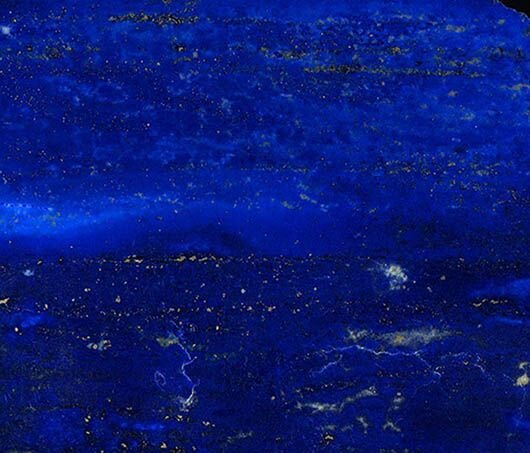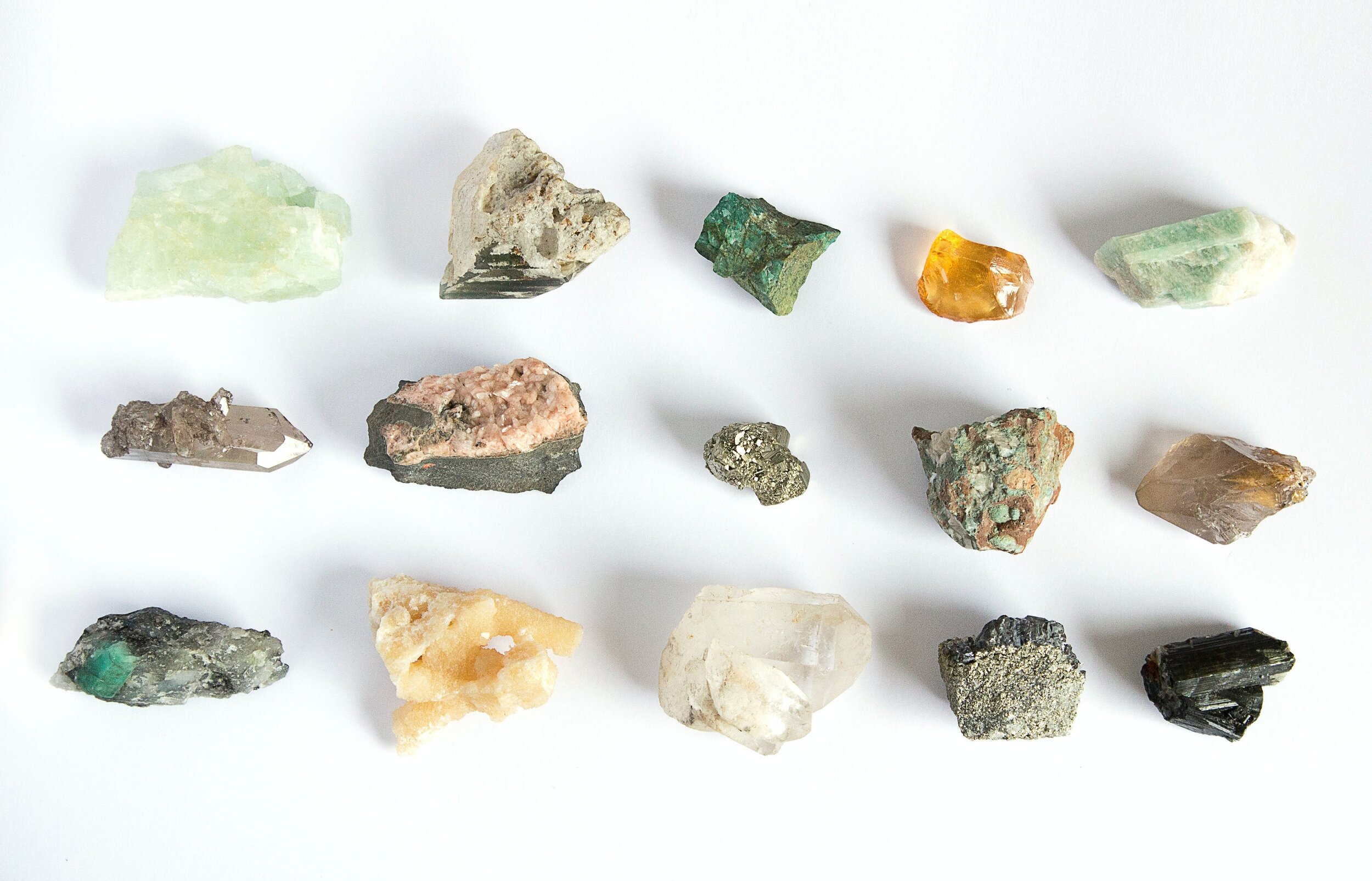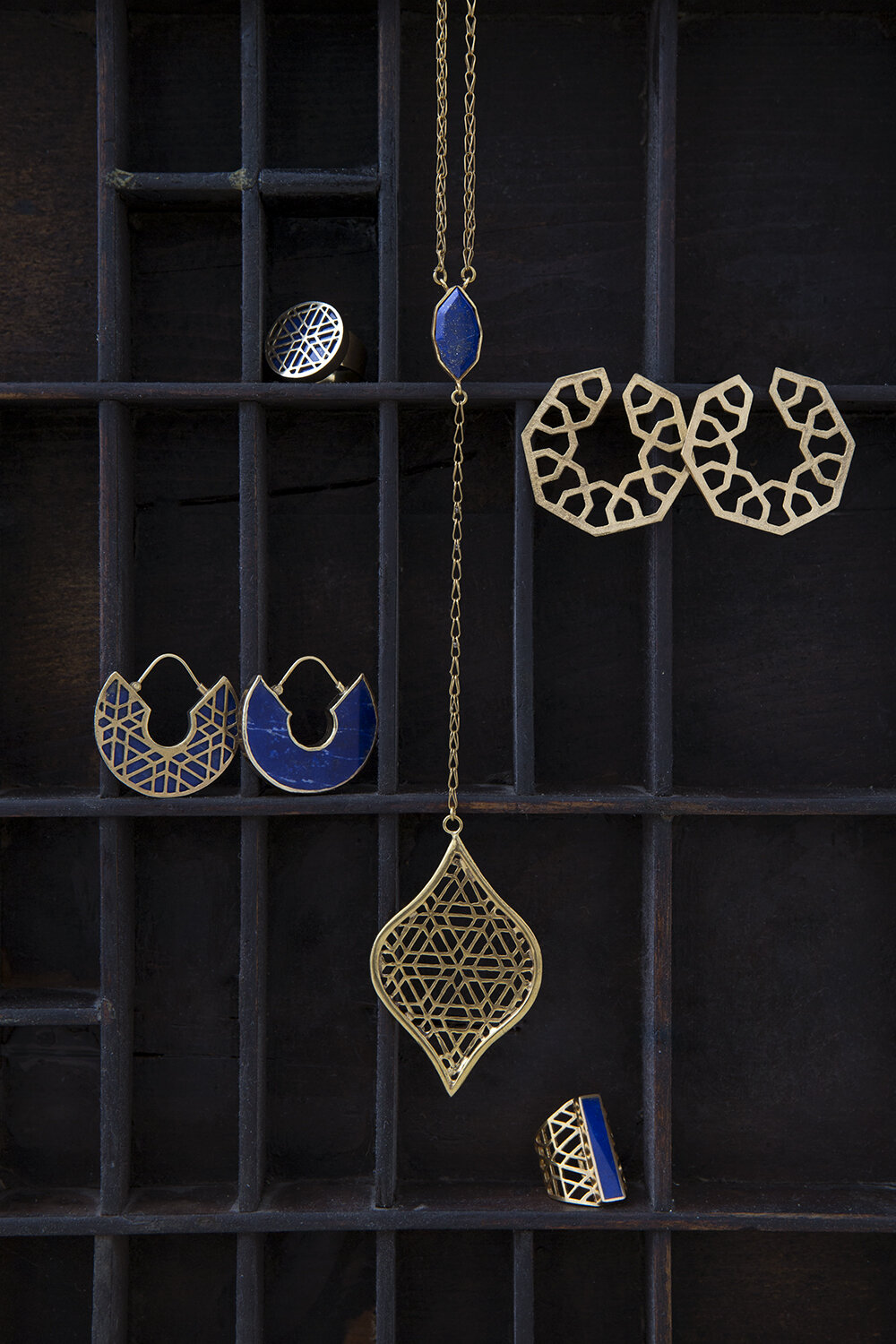The human eye sees and appreciates the world through its colors. Not only do colors have an influence on our emotions, they can also represent different meanings and symbolism in different cultural contexts. This practice of color symbolism dates back to ancient times, where people wear certain colors to signal social status or celebrate special occasions.
Colors are deeply rooted in our brains because they are an inseparable element of everything we see, and a vital element that helps us identify and classify objects through the meanings that they tend to be associated with. For example, Red is for energy, passion, and danger, Yellow for happiness, hope and spontaneity, Green for nature, growth, and harmony, and Blue for calmness and wisdom.
The History of Blue
Historically, the color Blue has been an object of wonder due to its rarity in nature. During a period where colors and paints are derived from natural sources such as minerals and insects, Blue was a color that was hard to come by. Thus, due to its rarity and vibrant hue, as well as the fact that the color is found in the earth’s greatest natural features - the sky and oceans, it’s often associated with royalty and authority.
The first artificial blue pigment was developed by ancient Egyptians who had figured out how to create a permanent pigment that can be used for “decorative arts.” Hence, Blue represented so many things that are creative, positive and imaginative.
 A close up of the Lapis Lazuli
A close up of the Lapis Lazuli
“Blue is the only color which maintains its own character in all its tones. It will always stay blue; whereas yellow is blackened in its shades, and fades away when lightened; red, when darkened, becomes brown and when diluted with white is no longer red, but another color - pink” - Raoul Dufy
Gemstones & Colors
The importance of color in aesthetics is often paramount. Take gemstones for example, which have been highly prized since the BCE era and even up till today. Without its alluring colors, gemstones are mere rocks without significant value.
 An assortment of gemstones. Photo by Franco Antonio Giovanella on Unsplash
An assortment of gemstones. Photo by Franco Antonio Giovanella on Unsplash
Today, the colors of gemstones bring associated symbolisms and meanings to it, enabling them to play a significant role in the way we express ourselves and show our appreciation or intentions toward others. And it is this added meaning and hence value of these gemstones that convince us to willingly part with our money in exchange for one.

 Lapis Lazuli Jewellery. Handcrafted in Afghanistan
Lapis Lazuli Jewellery. Handcrafted in Afghanistan
0 comments